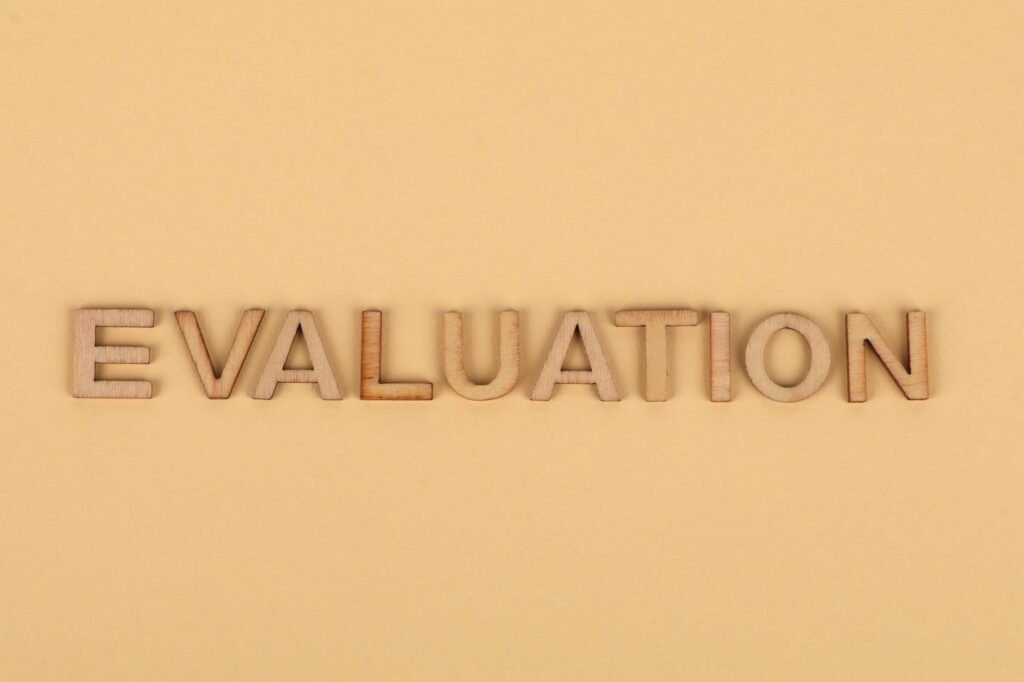What is cognitive dissonance phenomena?

What is cognitive dissonance phenomena?
Cognitive dissonance is a fascinating psychological phenomenon that affects all of us at different points in our lives. Have you ever felt uneasy after making a decision that contradicts your beliefs? Or maybe you found yourself justifying a choice that didn’t quite align with your values? These feelings stem from cognitive dissonance. Understanding this concept isn’t just an academic exercise; it’s relevant to personal development and productivity. By recognizing and managing cognitive dissonance, we can enhance our decision-making and ultimately lead more fulfilling lives.
Understanding Cognitive Dissonance
Cognitive dissonance occurs when a person experiences conflicting beliefs, values, or attitudes, leading to mental discomfort. This state often compels individuals to seek harmony between their thoughts and actions. The term was first introduced by psychologist Leon Festinger in the 1950s, marking a significant milestone in social psychology.
Definition and Origin
Leon Festinger’s groundbreaking research in 1957 laid the foundation for cognitive dissonance theory. He observed that when individuals held two contradictory beliefs, it created a psychological tension that they were motivated to reduce. For instance, if someone who values health smokes cigarettes, they’ll experience dissonance due to the conflict between their actions and beliefs. This discomfort drives them to either change their behavior, justify it, or modify their beliefs to achieve consistency. More about Festinger’s research can be explored in detail on Britannica.
Mechanics of Cognitive Dissonance
The mechanics behind cognitive dissonance involve several psychological processes. When faced with conflicting beliefs or behaviors, individuals may experience anxiety, fear, or regret. This emotional turmoil often leads people to take one of several actions:
- Change behavior: Stop smoking to align with health values.
- Change beliefs: Downplay the health risks of smoking.
- Add new cognitions: Justify smoking by emphasizing its stress-relief benefits.
Recognizing these mechanisms can help us understand our decision-making processes more clearly.
Examples of Cognitive Dissonance Phenomena
Cognitive dissonance is not just an abstract concept; it manifests in everyday life. Here are a few examples illustrating how this phenomenon plays out.
Everyday Life Examples
Consider a situation where you decide to buy a new smartphone, even though you’ve committed to saving money. After the purchase, you might feel guilty about spending, which creates dissonance. To alleviate this discomfort, you might convince yourself that the phone is essential for work, or that you deserve it as a reward. This illustrates how cognitive dissonance drives us to justify our decisions.
Another common example is found in dieting. Many people struggle with the desire to eat unhealthy foods while trying to maintain a healthy diet. This conflict can lead to feelings of guilt or shame, prompting individuals to rationalize their choices by saying, “I’ll start dieting tomorrow.”
Cognitive Dissonance in Professional Settings
In the workplace, cognitive dissonance can have significant implications. Imagine an employee who values teamwork but is placed in a highly competitive environment. This tension may lead to stress, decreased job satisfaction, or even burnout. Understanding this dissonance allows managers to foster a healthier work atmosphere by encouraging collaboration and open communication.
For more on how cognitive dissonance affects professional environments, check out Simply Psychology.
Implications of Cognitive Dissonance Phenomena
Understanding cognitive dissonance can profoundly impact personal growth and productivity. By recognizing when we experience dissonance, we can make more informed decisions and lead more authentic lives.
Cognitive Dissonance and Decision Making
Cognitive dissonance plays a vital role in our decision-making processes. Awareness of this phenomenon can help us become more deliberate in our choices. When you feel dissonance, it’s essential to pause and reflect. Are you justifying a decision that doesn’t align with your values? Being mindful of these moments can empower you to make choices that resonate with your true self.
Strategies to Manage Cognitive Dissonance
Managing cognitive dissonance involves several techniques that can foster healthier decision-making. Here are a few strategies to consider:
- Acknowledge Your Feelings: Recognizing your discomfort is the first step toward addressing it.
- Reflect on Your Values: Take time to identify what truly matters to you, allowing for more aligned decision-making.
- Seek Support: Discuss your feelings with friends or colleagues. This can provide new perspectives and help you gain clarity.
- Educate Yourself: Understanding cognitive dissonance can empower you to navigate its effects more effectively. Resources like Verywell Mind offer insights into this phenomenon.

Photo by Ann H
Conclusion
Cognitive dissonance phenomena, a core aspect of human psychology, touch every facet of our lives. By understanding its mechanisms and implications, we can enhance our decision-making and personal growth. Whether in our personal lives or professional environments, recognizing cognitive dissonance allows us to navigate our thoughts and choices more effectively. Embrace this understanding and start making choices that align with your true values today.